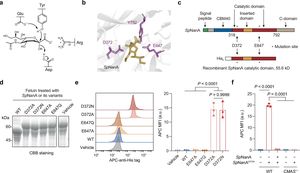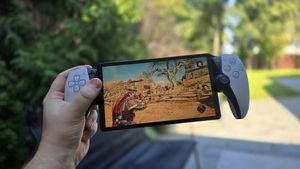Dental caries is one of the most common chronic diseases globally, leading to severe oral health complications if left untreated. The traditional methods of detection, including tactile-visual examinations and bitewing radiography, often suffer from inconsistencies due to variations in examiner expertise and image quality. To address these issues, researchers have developed an advanced artificial intelligence (AI) model employing the YOLOv8 algorithm to improve the detection of interproximal caries from bitewing radiographs.
The study conducted by M. Bayati, B. Alizadeh Savareh, H. Ahmadinejad, and colleagues at Tehran University of Medical Sciences focused on creating and evaluating the YOLOv8 framework's capabilities. The researchers processed 552 bitewing radiographs, leading to the annotation of 1,506 images to train this sophisticated model.
On evaluating the model, researchers found impressive diagnostic metrics, achieving 96.03% precision for enamel caries and 80.06% for dentin caries, resulting in an overall precision of 84.83%. Meanwhile, the model recorded a recall rate of 79.77%, translating to significant improvements over typical diagnostic methods.
This advance is particularly significant as early identification of dental caries is key to preventing deterioration and the subsequent need for more invasive treatments. Most current detection methods require skilled dentists to assess x-rays, leading to interobserver variability—a significant factor affecting diagnostic reliability.
Even though various advancements such as digital imaging techniques have been considered for detecting caries, bitewing radiography remains the gold standard. While traditional diagnosis combines visual examinations with radiographs, its efficiency has been hindered by subjective interpretation, which can lead to false positives and negatives.
Over the last two decades, machine learning technologies have been increasingly deployed to assist clinical diagnosis, particularly within dental practices, allowing for automation and improved precision. Deep learning models such as the new YOLOv8 have demonstrated remarkable accuracy, making them ideal for detecting dental abnormalities efficiently.
With its anchor-free detection mechanisms and modular architecture, YOLOv8 enhances image segmentation capability and speeds, outperforming preceding models. The researchers effectively utilized extensive data augmentation and precise annotation techniques during their studies. They even applied sophisticated tools—Roboflow and smart polygon drawing—to signify the boundaries of the caries detected, ensuring the quality of model training.
Upon extensive evaluations, the researchers highlighted the model's high precision and reliability for clinical applications, which significantly reduces the chances of false negatives. "The YOLOv8 model demonstrated high precision and reliability, reducing false negatives and improving diagnostic outcomes for dental professionals," said the authors.
By reaching highly satisfactory results, the study suggests the potential for integrating such models within clinical practice, both enhancing caries detection and potentially embracing wider applications across various dental imaging modalities.
This step forward not only addresses existing challenges posed by caries diagnostics but paves the way for future research and implementations of AI models within healthcare settings. The successful findings indicate substantial promise for AI technologies to revolutionize dental imaging and diagnostics, driving more accurate and faster patient care.
Overall, the development of this advanced AI-based model marks a significant milestone within the field of dental diagnostics, indicating the groundbreaking potentials of artificial intelligence to provide efficient solutions to longstanding diagnostic challenges.



